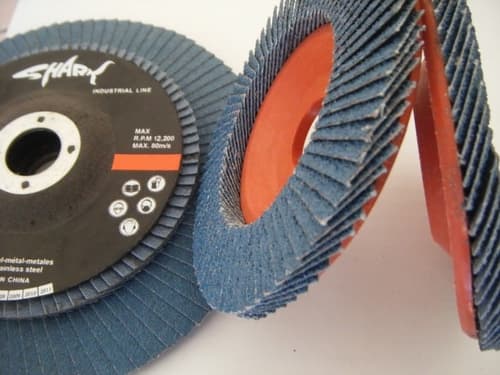Gentlemen,
I've been meaning to get onto doing this for some time... Still not as organised as I'd like for a timeline coherent display of my project. I will add a little bit each week with whatever story goes with the pictures. There were some pictures posted many moons ago in the main Citroen board and I will reprise those in this thread at a later stage. Say, next post, to start things back at the beginning which is where many such stories should start of course!
The process of sorting my many photos has taken much longer than I expected as the project is 2 years old now and there have been so many more photo's than I expected take.
The chassis was with the panelbeater for considerably longer time than I expected. He did a fantastic job of my rear-end which will be the subject of another post. There is always a 'but' though right?
In this case it was noticed after it came back to me, that the front caisson, which had been stripped back to metal, primed and re-painted, was covered in little nicks and scuffs which was a little irritating. My good friend Roger had worked very hard on it and he was very disappointed. I wasn't upset as 1. I don't know what I'm doing and didn't understand the implications, and 2. I don't expect other people to take a lot of care beyond their specific tasks - it's a survival technique I use to maintain my sanity after years of working with people who don't give-a-shit
So today I cleaned them up to primed stage and I made a little timelapse video of it for my amusement. Also to prove to SWMBO that I am not cavorting with a younger crowd...
https://youtu.be/_XJS26J0-cI I hope it makes sense.. the end is a bit disappointing (too quick). I have so much more to do, that the next one can only be better.
Cheers
Vince
I've been meaning to get onto doing this for some time... Still not as organised as I'd like for a timeline coherent display of my project. I will add a little bit each week with whatever story goes with the pictures. There were some pictures posted many moons ago in the main Citroen board and I will reprise those in this thread at a later stage. Say, next post, to start things back at the beginning which is where many such stories should start of course!
The process of sorting my many photos has taken much longer than I expected as the project is 2 years old now and there have been so many more photo's than I expected take.
The chassis was with the panelbeater for considerably longer time than I expected. He did a fantastic job of my rear-end which will be the subject of another post. There is always a 'but' though right?
In this case it was noticed after it came back to me, that the front caisson, which had been stripped back to metal, primed and re-painted, was covered in little nicks and scuffs which was a little irritating. My good friend Roger had worked very hard on it and he was very disappointed. I wasn't upset as 1. I don't know what I'm doing and didn't understand the implications, and 2. I don't expect other people to take a lot of care beyond their specific tasks - it's a survival technique I use to maintain my sanity after years of working with people who don't give-a-shit
So today I cleaned them up to primed stage and I made a little timelapse video of it for my amusement. Also to prove to SWMBO that I am not cavorting with a younger crowd...
https://youtu.be/_XJS26J0-cI I hope it makes sense.. the end is a bit disappointing (too quick). I have so much more to do, that the next one can only be better.
Cheers
Vince





